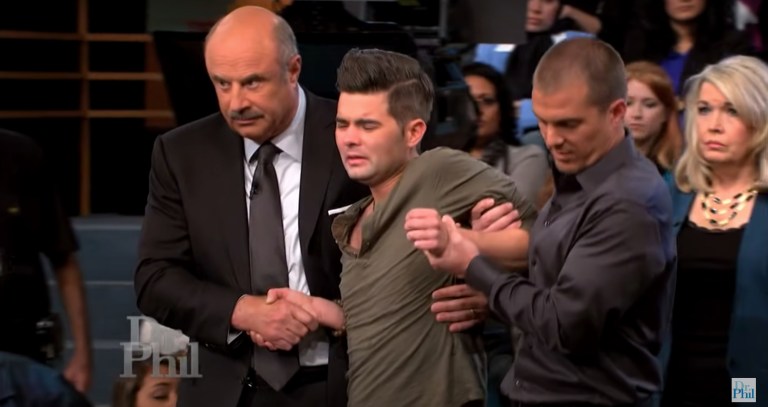Everything You Need To Know About ‘Preppy Killer’ Robert Chambers
Robert Chambers’ nickname, the “Preppy Killer,” came from his educational background, as he attended a handful of affluent institutions. This includes Saint David’s School in New York City, Choate Rosemary Hall, The Browning School, and York Preparatory School.
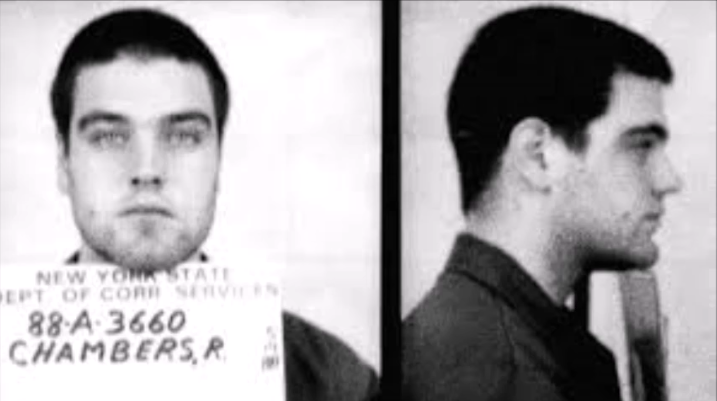
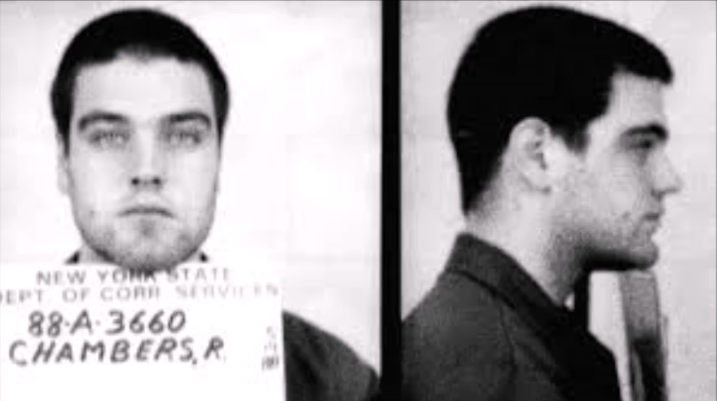
More than 30 years later, the “Preppy Killer” Robert Chambers has continued to attract public attention. Chambers, who had strangled Jennifer Levin to death in August 1986, quickly became a tabloid and newspaper fodder because of his good looks and claim that Levin had died accidentally from rough sex.
The outcome of Chambers’ trial shows how obtaining a positive image can help a criminal win the favor of the press and the general public. However, Chambers’ story has no positive outcome because of his continued criminal history and how Levin’s life was cut short.
1. Where his nickname came from

Robert Chambers’ nickname, the “Preppy Killer,” came from his educational background, as he attended a handful of affluent institutions. This includes Saint David’s School in New York City, Choate Rosemary Hall, The Browning School, and York Preparatory School. In order to afford to attend these schools, Chambers relied on scholarship funds. Chambers attended Boston University for a semester but left after a semester due to connections to petty thefts and addiction issues. After leaving Boston University, Chambers’ mother forced him to go to rehab, partially for him to avoid getting in legal trouble for his petty thefts.
Despite his educational background, Chambers’ family was not particularly wealthy. Chambers’ father, Robert Chambers Sr., worked as a video cassette distributor, and mother, Phyllis, worked as a nurse. After his parents separated, Chambers lived with his mother full time. Chambers became popular among young elites because he sold drugs to them and his attractive appearance.
2. Murder of Jennifer Levin
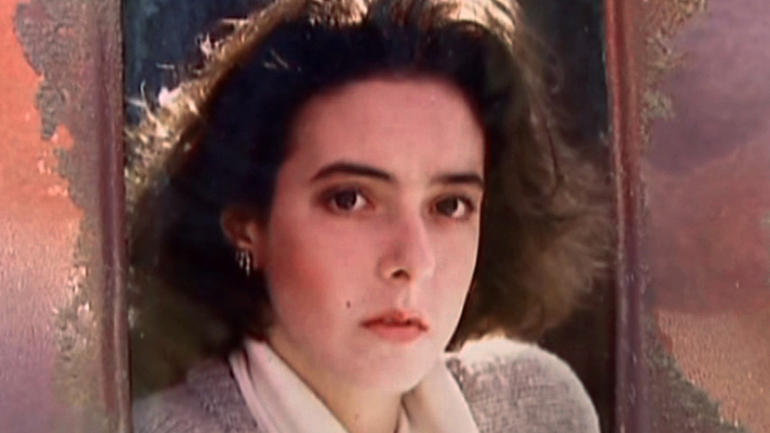
On August 16th, 1986, Chambers and 18-year-old Jennifer Levin met up at Dorrian’s Red Hand bar. Dorrian’s Red Hand bar was a popular hang out for young elites, serving a crowd of mostly seventeen to 23-year-olds, and they were known to serve alcohol to underage teenagers.
The nature of their relationship before Levin’s murder has been disputed – it has been widely disputed that the two had gone on two or three dates, but Chambers’ lawyer said that they had been lovers. At 3:45 a.m., Chambers and Levin made their way to Central Park, which was five blocks away. Around two hours later, at 5:30 am, a cyclist found Levin’s corpse in a grove of crab apple trees.
The prosecutors argued that Chambers had strangled Levin to death. While the prosecutors had believed that Chambers had strangled Levin with a denim jacket, the judge had turned down this evidence, according to lead prosecutor Linda Fairstein.
3. “Clawed by a cat” claim
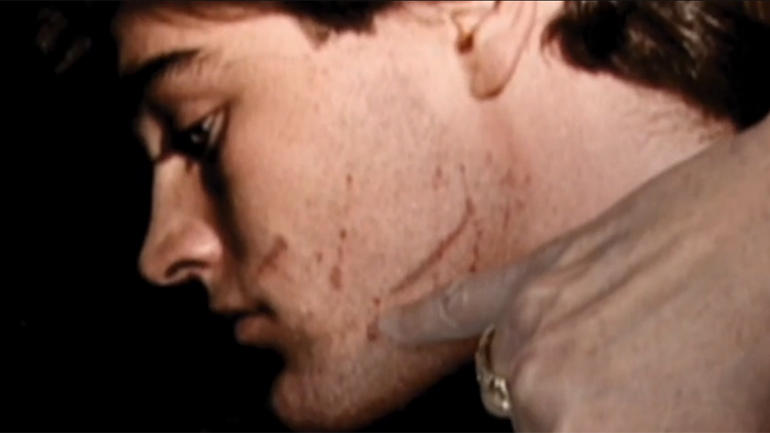
After the murder, the police went to Chambers as part of routine questioning. However, when they arrived, the police noticed that Chambers was covered in scratches, which fueled their suspicion that Chambers was involved in Levin’s murder. Chambers had first claimed that he received those scratches when he was attacked by a cat, which the police dismissed due to the severity of the wounds and Levin’s recent death.
This excuse quickly fell apart when the police called Chambers in for further questioning at the police station. Chambers then admitted that he had accidentally killed Chambers during rough sex. However, he had claimed that he had struck her after she hurt him and that he had not strangled Levin. Chambers was charged with second-degree murder for Levin’s death.
4. Rough sex defense
During the trial, Chambers had maintained the defense that Levin was accidentally killed during rough sex. Jack Litman, a Harvard-educated lawyer who had previously defended Richard Herrin, was hired to defend Chambers. At Herrin’s trial, Litman was able to reduce Herrin’s charge of murder to a conviction of manslaughter in the death of Herrin’s murdered girlfriend. Litman testified that that Chambers and Levin were too casually acquainted for Chambers to have a motive to kill Levin.
Litman also portrayed Levin as a promiscuous teenager and Chambers as a Kennedy-like figure, which tarnished Levin’s reputation but improved Chambers’ in the press. Litman claimed that Levin had a “sex diary,” which turned out to be only an appointment book, but the press jumped on this allegation. In an interview with NBC 30 years after the crime occurred, Jennifer Levin’s mother Ellen Levin said she was disgusted with how the press portrayed her deceased daughter. “What I saw happened, how she was being portrayed, how it suddenly became her fault, it was blatantly blaming the victim,” Ellen Levin told NBC’s Kerry Sanders.
5. Manslaughter charge
The trial itself lasted for over two months, followed by a deliberation of nine days. This was, at the time, the longest single defendant deliberation in New York, according to Fairstein. The prosecutors were unable to prove that Chambers deliberately committed the murder due to an absence of witnesses. Chambers was offered a manslaughter plea deal because the jury remained hung, which he accepted.
Chambers was sentenced to five to fifteen years in prison. Upon sentencing, when Judge Howard E. Bell asked if Levin’s murder was intentional, Chambers admitted that it was, stating, “Looking back on the event, I have to say yes. It breaks my heart to say that.” Chambers would later retract this statement in an interview with Dateline upon his release.
Fairstein believed that the trial would have had a dramatically different outcome if it had taken place a few years later. “Had the case been tried two years later, in 1989, when DNA was first accepted as a scientifically valid technique in an American courtroom, it would have been different, Fairstein said. Additionally, Fairstein claimed this trial occurred before there was “greater societal understanding of interpersonal violence.”
6. Wrongful death lawsuit
After the trial, Levin’s parents filed a wrongful death lawsuit against Chambers for the murder of their daughter, which Chambers did not contest. Chambers was ordered to pay $25 million dollars to Levin’s parents for his crime, and Chambers had to forfeit all of his current and future assets in order to pay for the settlement. In addition, Chambers would be unable to profit from Levin’s death. At the time of his imprisonment, Chambers declared that he had no assets because he used his earnings to pay for his legal defense.
However, in 2005, Levin’s parents stated that Chambers had yet to forfeit any money, nearly two years after his release. Chambers ignored two subpoenas, which demanded that Chambers share information pertaining to his finances. Chambers claimed that he did not have any money to give to the Levins, saying, “I owe $25 million, [and] I don’t have the money to get high.” After he was released from prison, Chambers allegedly worked briefly at a dye mill in Georgia.
7. Misconduct in prison
Chambers started and spent most of his sentence at Auburn Correctional Facility, which has also held the likes of Leon Czolgosz and J. Frank Hickey. Soon after Chambers’ sentencing, a video was released of Chambers at a party, while he was out on bail, ripping off the head of a Barbie doll, which was allegedly a mockery of Levin’s death. Due to several infractions, Chambers was moved to Clinton Correctional Facility. While in prison, Chambers had assaulted correctional officers and was disciplined for being caught with drugs and weapons.
Chambers ended up serving his full 15-year term due to these infractions, including five in solitary confinement. On February 14, 2003, Chambers was released from prison, after his parole was rejected five times. As there was intense publicity surrounding the trial, the press actively covered his release from prison.
8. Dateline interview
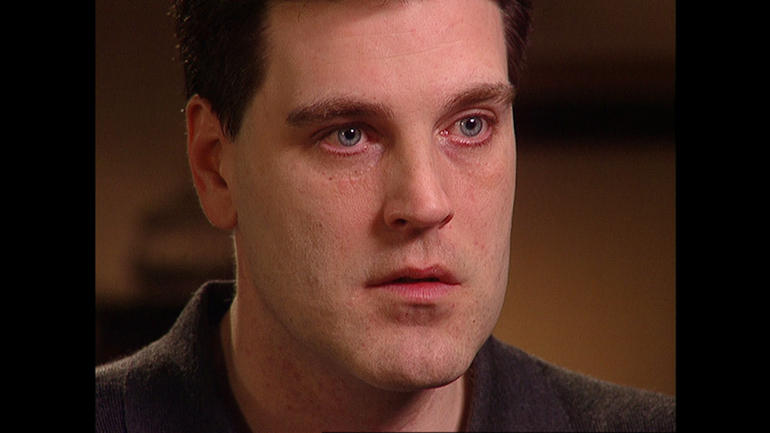
On the day that Chambers was released from prison, he gave his only major interview to Dateline’s 48 Hours with Troy Roberts. However, Chambers was extremely reluctant to speak to Roberts, saying, “Right now, if I had a choice between talking to you right now and being back in the box, in solitary, I’d choose solitary in a second. It’s a lot easier than this. I don’t wanna be here.” The interview itself lasted for four hours.
Roberts confronted Chambers about the video released of him allegedly mocking Levin’s death while out on bail. Rather than apologizing explicitly for his conduct, Chambers claimed he was not thinking straight. “Huh, if I was thinking, I never would have been there. I was stupid. I was arrogant. Everybody was just acting silly, and I acted sill,” Chambers replied. Chambers refused requests for interviews after his one with Roberts.
9. Second Arrest
In 2004, Chambers was arrested for possession of heroin and driving on a suspended license. Chambers pleaded guilty to possession of heroin on August 30, 2005. Chambers was sentenced to 100 days in jail, ninety for his possession of heroin and a suspended license, and an additional ten days for arriving more than an hour late to his court hearing. The judge presiding over the case had stated that Chambers’ tardiness was an expression of his disdain for the court.
It was noted that his appearance was drastically different during his murder trial, with Chambers’ appearance being described as disheveled. Chambers served his sentence at Rikers Island Correctional Facility. In addition, Chambers had to pay $200 for driving on a suspended license.
10. Cocaine operation
In 2007, Chambers and his longtime girlfriend Shawn Kovell were caught selling cocaine in their 17th-floor East Side New York City apartment. Chambers had resisted arrest, with one detective suffering from a broken thumb. Prior to the arrest, Chambers and Kovell had allegedly sold cocaine to undercover cops eight different times.
After six weeks, Kovell, who had no prior criminal history, accepted a plea deal, where she pled guilty to a C felony and had to stay in rehab for eighteen months. In September 2008, Chambers pled guilty to drug-dealing in order to avoid a life sentence, and he received a 19-year sentence, longer than his sentence for manslaughter.
Fairstein, among other critics of Chambers, was not shocked about Chambers’ subsequent arrests. “Nobody who worked as closely with him as the detectives and I did would be surprised that the cause that would lead to his arrest would be drugs,” Fairstein said. ![]()
